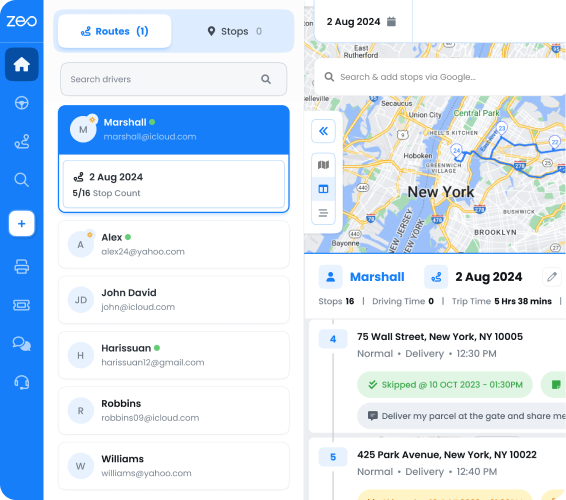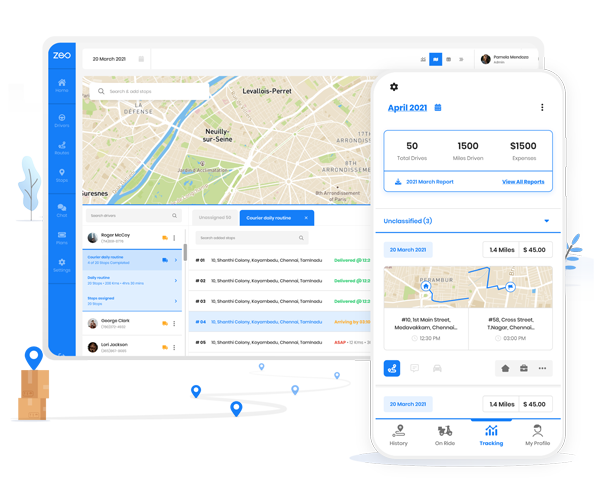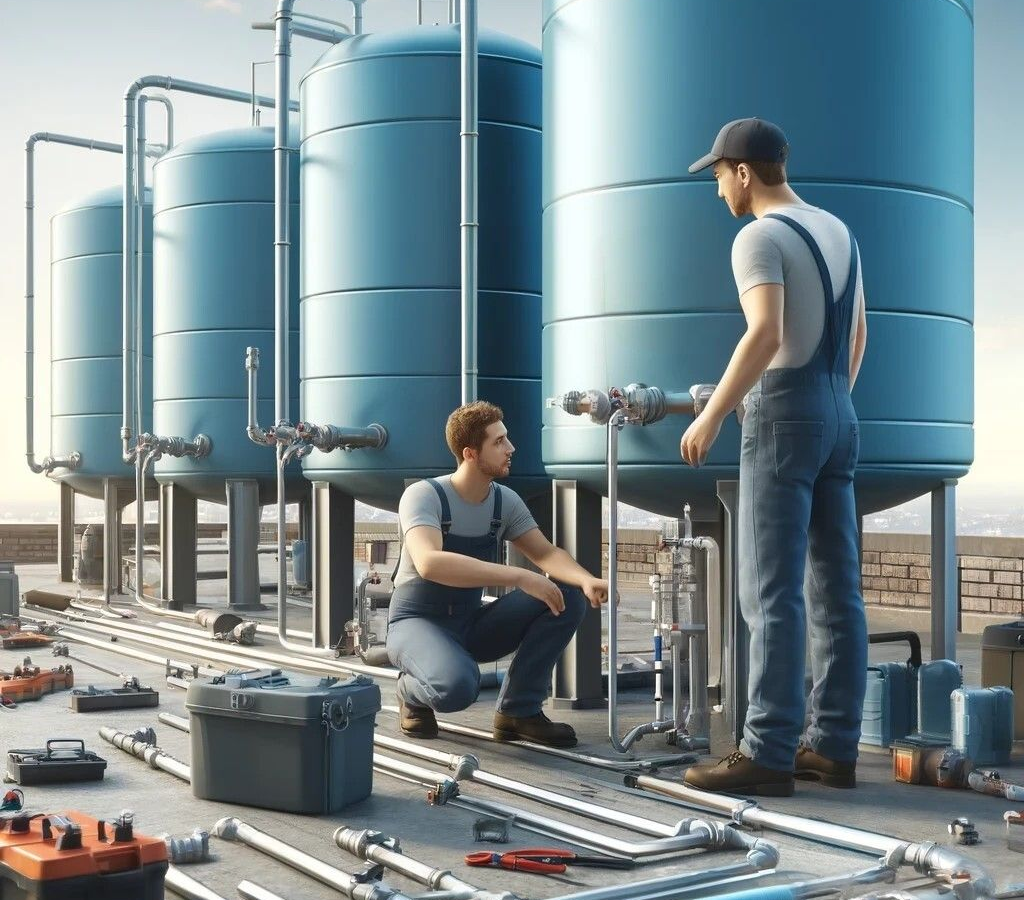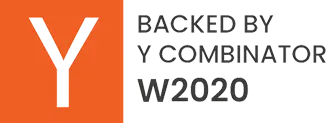Updated on: July 21, 2025
Emergency plumbing services are crucial for addressing urgent issues like burst pipes, severe leaks, and blocked drains. In such situations, quick response is vital to prevent extensive property damage and ensure customer satisfaction. However, navigating to the site of an emergency swiftly can be challenging. This is where route optimization comes in. Effective route optimization is essential for improving response times and ensuring that plumbers can attend to emergencies as efficiently as possible.
Challenges in Emergency Plumbing Services
Emergency plumbing services come with their own set of challenges that can hinder quick response times and effective service delivery.
- Unpredictable Call Locations:
Emergency plumbing calls can come from any location within a service area, making advance route planning difficult. Plumbers often have to navigate unfamiliar areas, which can lead to delays and increased travel time. For instance, a plumber might receive a call from a remote part of town that they seldom visit. This would require additional time for them to find the quickest route. This unpredictability can severely impact their ability to respond swiftly, leading to customer dissatisfaction and potential loss of business. - Traffic Delays:
Traffic congestion is one of the most significant routing challenges for emergency plumbing services. During peak hours or in densely populated areas, traffic can cause substantial delays. Imagine a plumber trying to reach a downtown office building during rush hour traffic. Without optimized routing, they could be stuck for a long time, causing delays and increasing customer frustration. This delay directly impacts fuel consumption and response time, making it harder to maintain operational efficiency. - Priority Scheduling:
Emergency plumbing services require immediate attention, often disrupting the planned schedule of routine maintenance or non-urgent jobs. Managing these priorities effectively without a route optimization tool can be chaotic and inefficient. For example, if a plumber is mid-way through a scheduled job and receives an emergency call, they need to quickly rearrange their schedule and route to address the emergency. This disruption can lead to confusion and inefficiencies, ultimately affecting the quality of service provided. - Real-Time Adjustments:
Emergencies often require plumbers to adjust their routes on the go. Without real-time data and route optimization, making these adjustments can be time-consuming and error-prone. Consider this, a plumber might be en route to a job and receive an emergency call that requires them to take another route. Without real-time optimization, finding the best new route can be challenging and lead to further delays. This eventually reduces the effectiveness of the emergency plumbing services.
How Route Optimization Enhances Emergency Services
Route optimization plays a critical role in helping plumbers reach emergency sites faster and more efficiently. This enhances the overall effectiveness of emergency plumbing services.
- Faster Response Times:
By calculating the fastest routes, route optimization ensures that plumbers can reach emergency sites quickly. This is particularly important in emergencies where every minute counts. For example, a burst pipe can cause significant water damage if not addressed sooner. With optimized routing, plumbers can avoid unnecessary delays and arrive at the site at the earliest. - Quick Route Adjustments:
Streamlining emergency plumbing services often requires immediate route changes. Route optimization tools allow for real-time adjustments based on current traffic conditions and new job priorities. If a plumber receives an emergency call while en route to another job, the software can instantly recalibrate to find the fastest route to the emergency site, ensuring they can handle the plumber route planning problems efficiently. - Enhanced Efficiency:
Efficient routing reduces travel time and fuel consumption, enabling plumbers to attend to more emergencies within a shorter period. This not only improves service quality but also helps in managing operating costs effectively. A plumber using route optimization can handle multiple emergencies in different parts of the city without wasting time or fuel.
Key Features of Route Optimization Software for Emergency Response
For emergency plumbing services, certain features in route optimization software are particularly valuable.

increase fuel savings
Save 2 Hours on Deliveries, Everyday!
Optimize routes with our algorithm, reducing travel time and costs efficiently.
Get Started for Free
- Real-Time Updates:
Real-time traffic updates allow plumbers to avoid congestion and find the fastest routes. This feature ensures that plumbers are always taking the most efficient path to their destination, even if traffic conditions change suddenly. For instance, Zeo route planner provides live traffic updates that help plumbers navigate around roadblocks and heavy traffic areas, ensuring timely arrival at emergency sites. - Fastest Route Identification:
Route optimization software can identify the quickest route to an emergency site, considering current traffic and road conditions. This feature is crucial for ensuring that plumbers can respond to emergencies as swiftly as possible, addressing the plumber route planning problems effectively. Zeo’s advanced algorithms continuously analyze route options to find the fastest possible path, reducing response times significantly. - Priority Scheduling:
The ability to prioritize emergency jobs over regular appointments ensures that critical issues are addressed immediately. Route optimization tools can help plumbers dynamically adjust their schedules to accommodate urgent calls without causing significant delays to other jobs, thus enhancing their emergency plumbing services. Zeo’s dynamic route planning and scheduling features allow for easy rearrangement of tasks, ensuring that emergency calls are given top priority. - Multiple Stop Optimization:
For plumbers handling multiple emergencies, optimizing routes with multiple stops can save significant time. This feature ensures that each stop is made in the most efficient order, reducing overall travel time and improving response times for each emergency. Zeo’s multiple stop optimization ensures that even when handling several emergencies in a single trip, plumbers can maintain efficiency and speed.
Conclusion
Route optimization is essential for the success of emergency plumbing services. By reducing response times and improving efficiency, route optimization tools like Zeo can help plumbers deliver better service and manage their operations more effectively. Independent plumbers should consider integrating route optimization into their workflow to enhance their ability to handle emergencies and improve overall service quality.
Schedule a free demo with Zeo experts and experience the benefits of advanced route optimization in your emergency plumbing services.

Are you a fleet owner?
Want to manage your drivers and deliveries easily?
Grow your business effortlessly with Zeo Routes Planner – optimize routes and manage multiple drivers with ease.

increase fuel savings
Hassle Free Deliveries & Pickups!
Optimize routes with our algorithm, reducing travel time and costs efficiently.
Get Started for Free




















